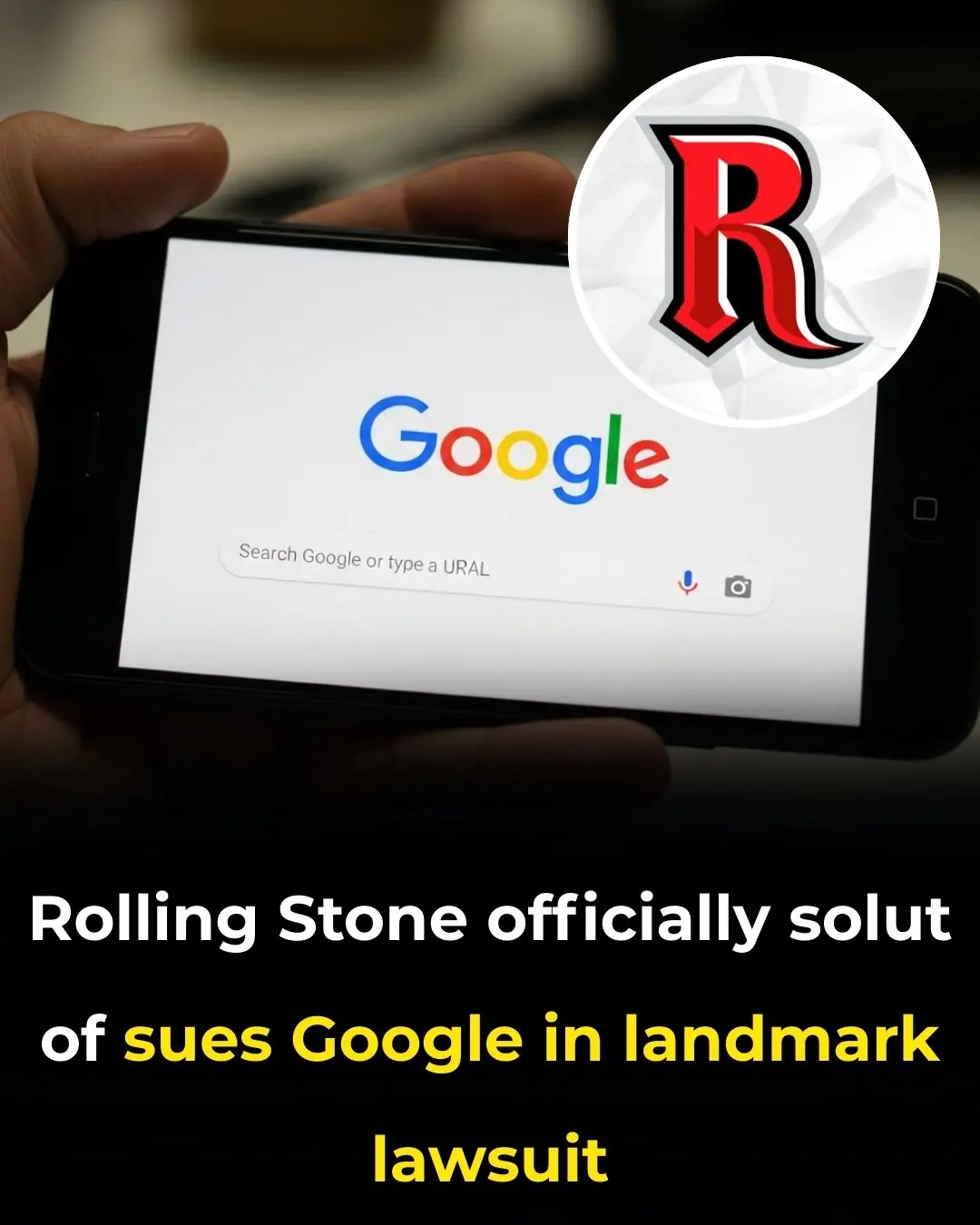
Using an electric kettle to boil water, 9 out of 10 households make this mistake. Be sure to remind your loved ones to fix it soon.

Common Mistakes When Using Electric Kettles and How to Avoid Them
Using an electric kettle to boil water is simple, but many people make mistakes that shorten the lifespan of the device and can even harm human health.
Many households use electric kettles because of their convenience—just fill it with water, turn on the switch, and in a few minutes, you have boiling water ready to use. However, despite the simplicity, there are common mistakes that shorten the life of the kettle and may cause harm to your health. Here are five common mistakes that 9 out of 10 households make.
1. Choosing Any Type of Electric Kettle
The main function of an electric kettle is to boil water. Many people think that any kettle will work, and choose cheaper models, assuming they’re all the same. However, when buying an electric kettle, it’s important to select one made of stainless steel. Stainless steel comes in various types, and the best option is 304-grade stainless steel, which is corrosion-resistant and can withstand high temperatures. This ensures that the water boiled in the kettle is safer.
2. Overfilling the Electric Kettle
Some people have the habit of filling the kettle completely with water. This can be risky because when the water boils, it may overflow and potentially leak into the kettle's base, leading to short circuits or malfunctions. The maximum water level is usually marked inside the kettle. Always make sure not to exceed this level to avoid electrical hazards.
3. Turning on the Kettle Before Adding Water
A common mistake is turning the kettle on before adding water and then filling it with a separate container. This can damage the kettle because it will dry out without water inside. While it may take a while for the kettle to boil dry, this can cause the heating element to burn out over time, or worse, lead to electrical shorts. To prevent this, always add water to the kettle first, then place the kettle on its base, plug it in, and turn on the switch.
When placing the kettle on its base, make sure the base is dry. If there’s any water on the base, wipe it off before placing the kettle on it to avoid short circuits. After each use, always unplug the kettle to ensure safety.
4. Emptying All the Water After Boiling
After boiling water, we often pour it into a water jug or thermos for later use. However, it’s not recommended to empty all the water from the kettle. It’s better to leave a little water inside. The reason is that when the kettle turns off and the base is still hot, pouring out all the water could cause the thermal relay to dry out, which affects the kettle's lifespan. Therefore, leave some water inside, discard it the next time you boil water, and clean the kettle before use to ensure it lasts longer.
5. Rarely Cleaning the Electric Kettle
It’s important to clean the kettle regularly, as mineral deposits will build up inside if it’s not cleaned. Over time, these deposits form a yellowish layer. Boiling water in such a kettle not only affects the water quality but can also harm your health. To remove these deposits, pour white vinegar into the kettle and add half a cup of water. Then, turn on the kettle to boil the mixture. After the water boils, let it sit for about 10 minutes, then pour it out. You will notice that the mineral deposits at the bottom of the kettle have significantly reduced. Use a cloth to wipe the inside clean, and the kettle will be free of the deposits.
Vinegar works well because it’s acidic, while the mineral deposits are alkaline. The acid-neutralizing effect of vinegar helps dissolve and remove the buildup.
News in the same category

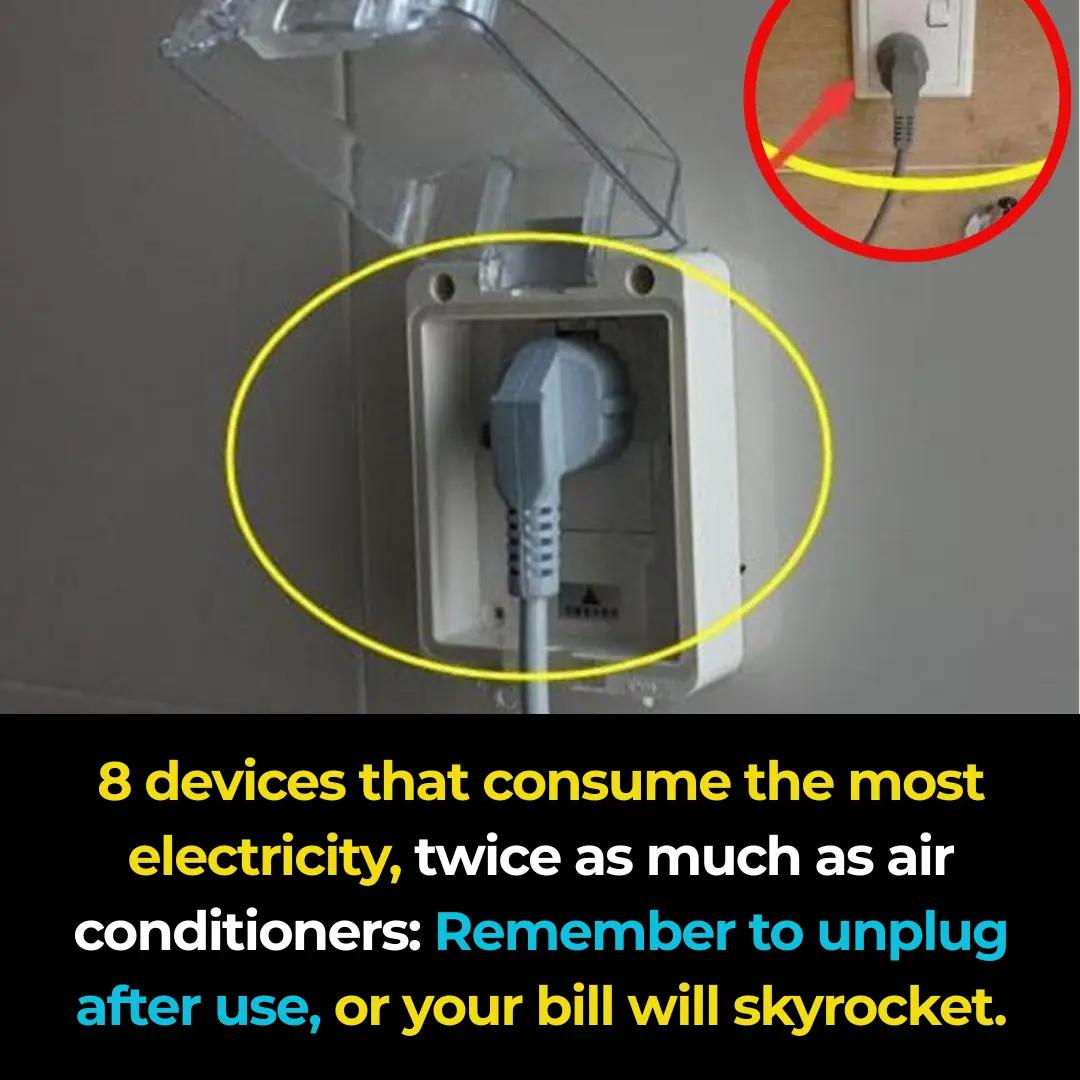
The 8 most power-hungry devices, consuming twice as much as an air conditioner: Remember to unplug them after use, or your bill will skyrocket.

Life Tip: How to Tell the Difference Between a Real Mirror and a Two-Way Mirror in Fitting Rooms

Why absolutely should not be tilted upside down?

3 habits that silently "poison" the uterus

Tips to clean greasy, yellow pot lids without chemicals: Simple, effective, and time-saving
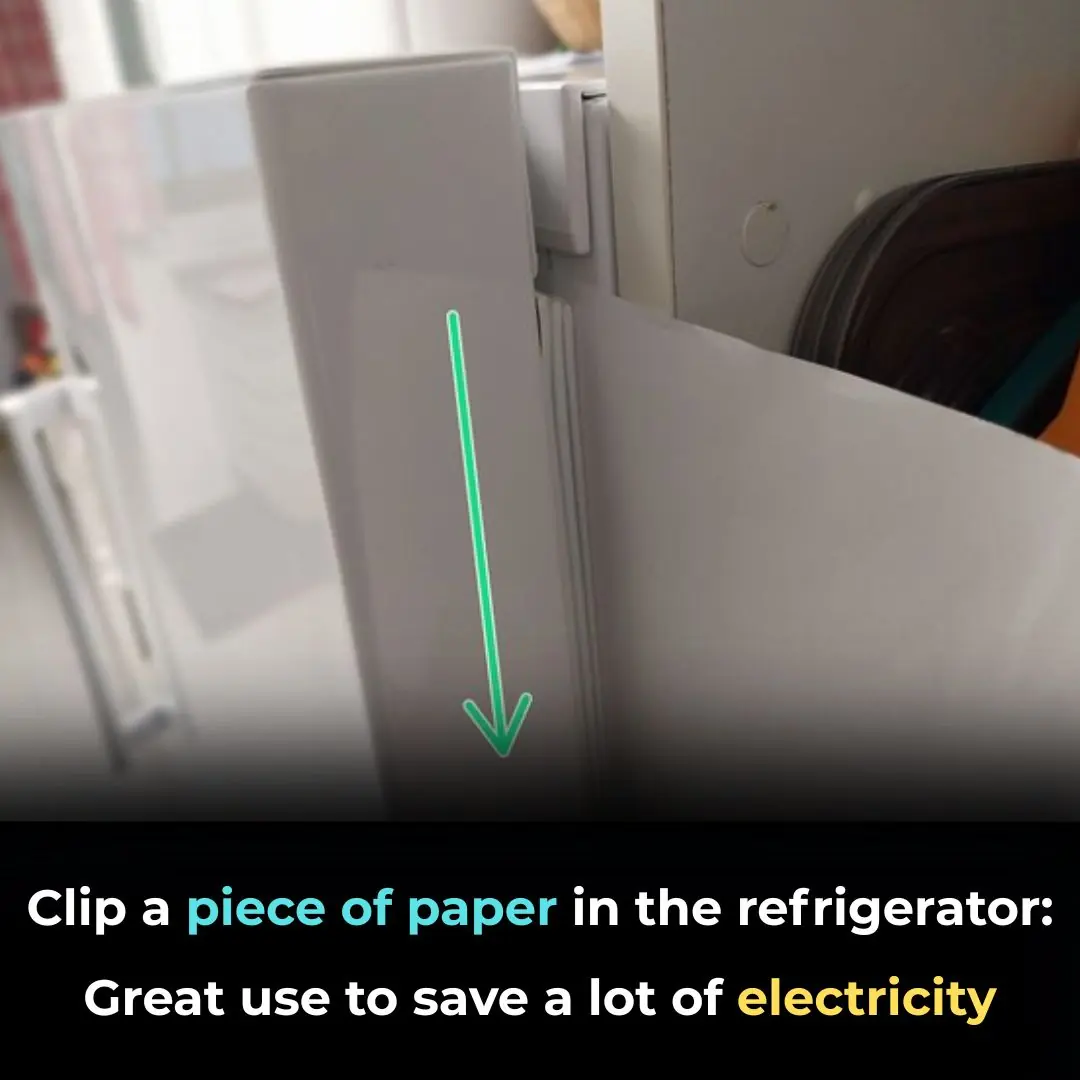
Clip a piece of paper in the refrigerator: Great use to save a lot of electricity

The effect of stewed chicken feet with black beans is as good as ginseng

Put ginger next to your pillow when sleeping: A simple secret for good health and sleep

It turns out that mosquitoes are most afraid of "it". Take this and stick it in a lemon and leave it in the corner of the house. The mosquitoes will go away and never come back.

6 types of fruit that help 'cleanse' the uterus, women in their 40s will see the difference immediately when they eat them

Chia seeds are as good as a 'miracle drug' but 5 groups of people need to be especially careful when using them to avoid bringing disaster upon themselves

When cleaning the house, add this to the water

When filling up with gas, don't be foolish to say full tank or 50 thousand

3 ways to prevent snakes from crawling into the house, everyone needs to know to protect their family

Here are 3 simple ways to keep your home free of mice.
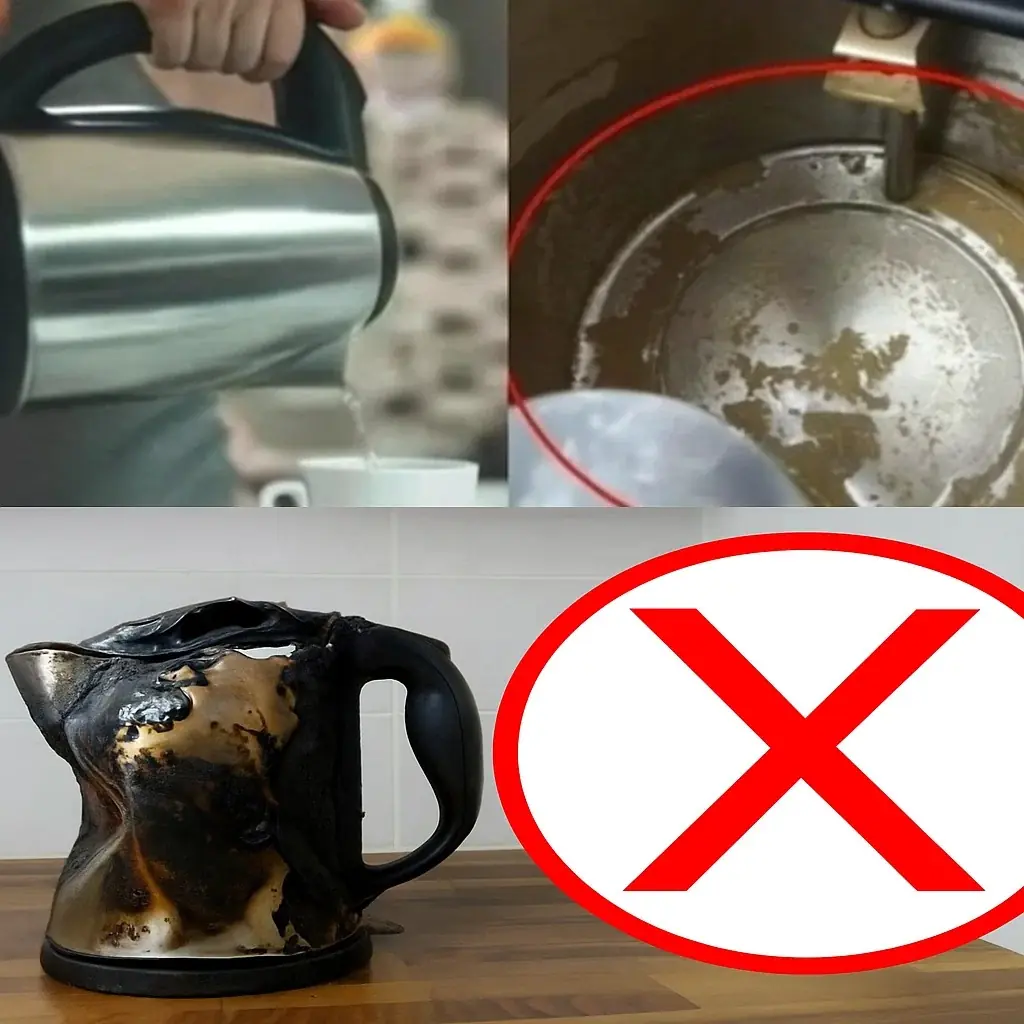
4 Types of Electric Kettles That Could Be Harming Your Health – Check Yours Before It’s Too Late
Electric kettles are found in nearly every modern home, making it quick and easy to boil water for tea, coffee, or instant meals. But shocking warnings from health experts reveal that some kettles may release dangerous substances into the water you drink

Turn Back the Clock: The Cheap Sour Starfruit & Potato Remedy That Restores Black Hair Naturally
Struggling with premature gray hair in your 20s or already noticing streaks of silver in your 30s and 40s? Don’t panic. While gray strands can feel like a dreaded sign of aging, nature offers surprising, inexpensive solutions that can help you regain yo
News Post

Pour hot water over the apple, the chemicals will become CLEARLY VISIBLE, the best way to check for poisonous apples.

The 8 most power-hungry devices, consuming twice as much as an air conditioner: Remember to unplug them after use, or your bill will skyrocket.

Top 10 foods that improve blo:od circulation in legs

Cardiologist Reveals the #1 Exercise to Prevent a Heart Attack

Doctors prescribe LEVOTHYROXINE—but here’s what they don’t tell you

Goldenberries (Physalis peruviana): A Nutrient-Packed Powerhouse for Health and Vision
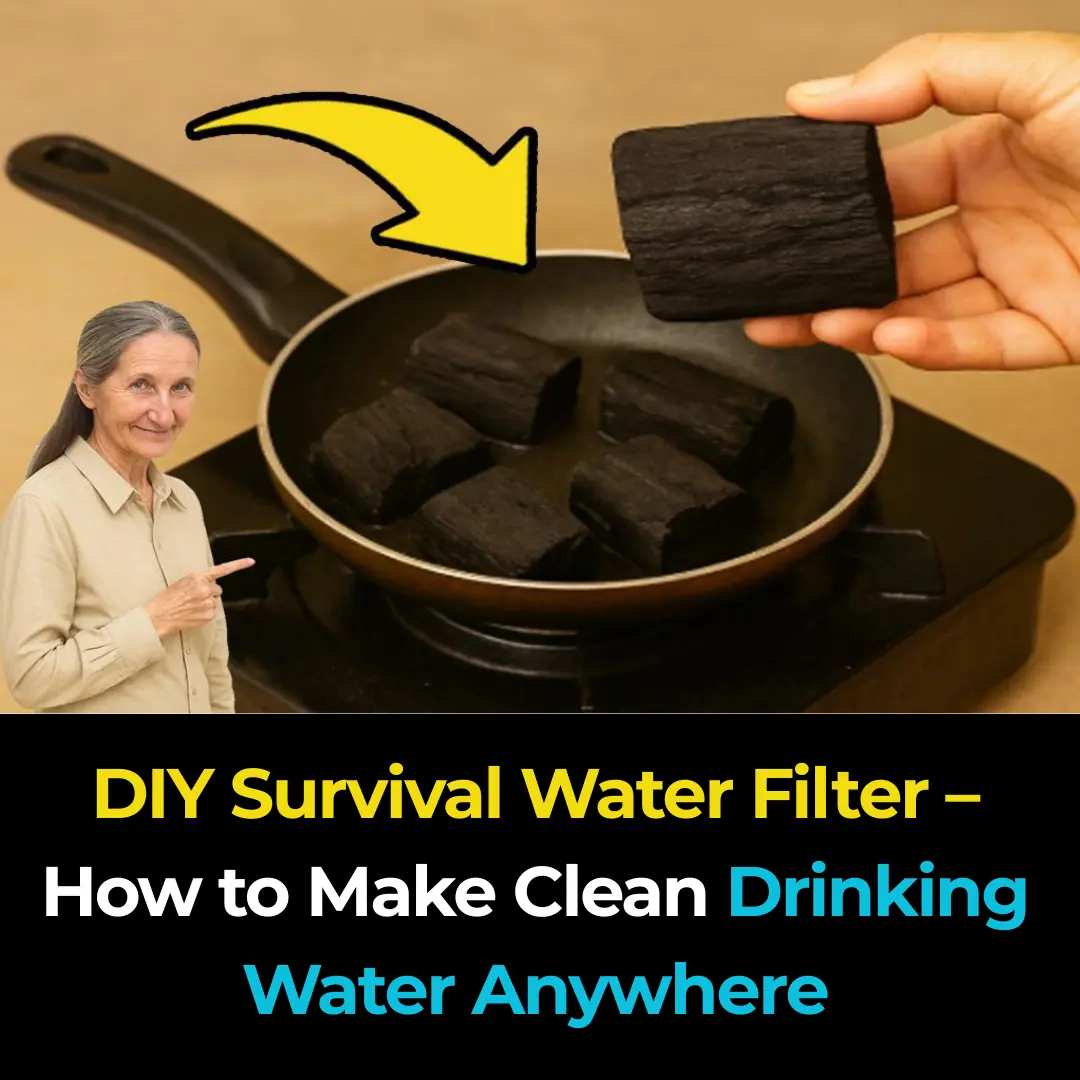
DIY Survival Water Filter – How to Make Clean Drinking Water Anywhere

Claim: a juice regimen reportedly cleared can:cer cells in 42 days

Life Tip: How to Tell the Difference Between a Real Mirror and a Two-Way Mirror in Fitting Rooms

Woman Endures Years of Swollen Foot Before Doctor Reveals Shocking Cause

Man’s Refusal to Pay 25% Tip Ignites Debate on Tipping Culture

Why absolutely should not be tilted upside down?

3 habits that silently "poison" the uterus

Universe Shaken: Rare Triple Black Hole Merger Sends Ripples Through Space-Time

The Sun Isn’t Yellow—It’s Pure White

The Sun’s Power: Earth Lives on Just 0.000002%

iPhone users issue warning on what to do if you get the 'caution' icon on your device

PlayStation 6 leak suggests release date could be much sooner than expected
